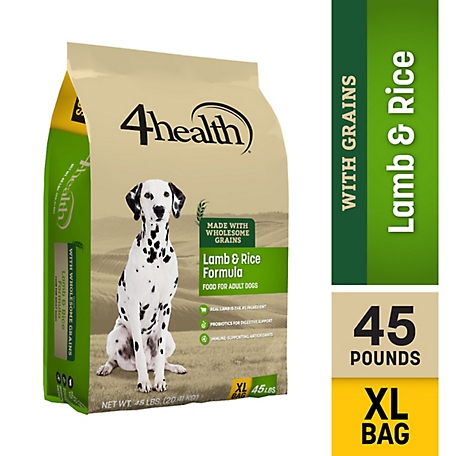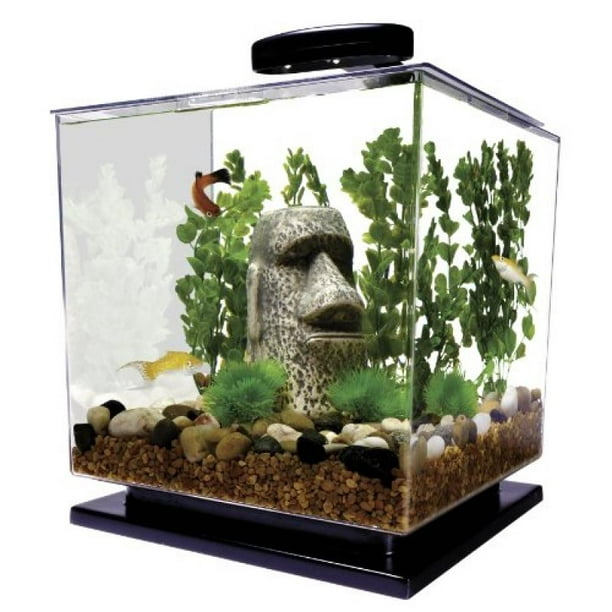Elanco Advantage II Large Cat Vet-Recommended Flea Treatment & Prevention Cats Over 9 lbs. 4-Month Supply
Advantage II Large Cat is a vet-recommended, leading brand in cat flea protection. Advantage II Large Cat flea treatment and prevention kills adult fleas, flea larvae and flea eggs to deliver total flea protection to your cat or kitten. Within 12 hours of application, Advantage II Large Cat topical treatment gets straight to work killing fleas through contact, so they don’t have to bite your cat to die.
Advantage II Large Cat is a vet-recommended, leading brand in cat flea protection. Advantage II Large Cat flea treatment and prevention kills adult fleas, flea larvae and flea eggs to deliver total flea protection to your cat or kitten. Within 12 hours of application, Advantage II Large Cat topical treatment gets straight to work killing fleas through contact, so they don’t have to bite your cat to die. This treatment works hard for 30 days following application, effectively breaking the flea life cycle, controlling existing flea infestations and preventing further infestations all month long. Fleas not only cause discomfort; they can also pose other health risks. Monthly use of Advantage II Large Cat is important to protect your cat against fleas that may cause transmission of tapeworms, Flea Allergy Dermatitis and flea bite anemia. That’s why Advantage II Large Cat makes applying treatment simple. This convenient, spot-on application goes on the back of your cat’s neck at the base of the skull. You’ll simply place the tip of the tube on the skin and squeeze the tube to expel the entire contents directly on the skin. It goes on in seconds! It’s easier than a flea collar and there are no hard-to-swallow pills. You’ll also love that Advantage II Large Cat is fragrance-free and waterproof after 24 hours of application. Check the product label for information on application and potential side effects. Advantage II Large Cat flea protection is effective on both indoor and outdoor cats. Your cat should be at least 8 weeks old and weigh over 9 lbs. to use Advantage II Large Cat. For the ultimate convenience in care, Advantage II Large Cat is available over the counter – no prescription needed. And, you can stock up with a subscription for regular doorstep deliveries so you never miss a monthly treatment. Advantage II Large Cat is a trademark of Elanco or its affiliates.
- Advantage II Large Cat is a leading brand in cat flea treatment and prevention for large cats over 9 lbs., at least 8 weeks of age
- Vet-recommended, easy-to-apply monthly topical treatment no hard-to-swallow pills, no prescription needed
- Delivers total flea protection kills adult fleas, flea larvae and flea eggs through contact
- Same-day effectiveness kills fleas within 12 hours of application and keeps working for 30 days
- Fragrance-free formula, waterproof after 24 hours of application
Additional information
| Country of Origin | Imported |
|---|---|
| Breed Size | Large |
| Effective Time Period | 1 month |
| Life Stage | All Life Stages |
| Packaged Height | 4.85 in. |
| Packaged Length | 1.5 in. |
| Packaged Weight | 0.1 lb. |
| Packaged Width | 4.5 in. |
| Package Quantity | 4 |
| Product Form | Liquid |
| Recommended Pet Age | 8 weeks and older |
| Recommended Pet Weight | 9 lb. and over |
| Targeted Insects | Fleas |
| Total Months Supply | 4 months |
| Manufacturer Part Number | 00724089202246 |










by Karen
Great product, cats dont seem to mind it and it has not irriiyated anyones skin
by Karia
Good product and works right away. One of my cats gets a rush from scratching the spot where I put a medicine. (I cut a loose sock and top use for cats for the neck, so they can’t scratch it. Like a collar-scarf)
by Andrew
I use Advantage ll for large cats and also Advantage ll for small cats, as I have 3 small females and one large male. They are indoor and outdoor cats and I want to keep them flea and tick free. This year there seems to be more ticks and fleas, I do use granules on the lawn, but I will definitely keep using Advantage ll for my cats. Works great for me.